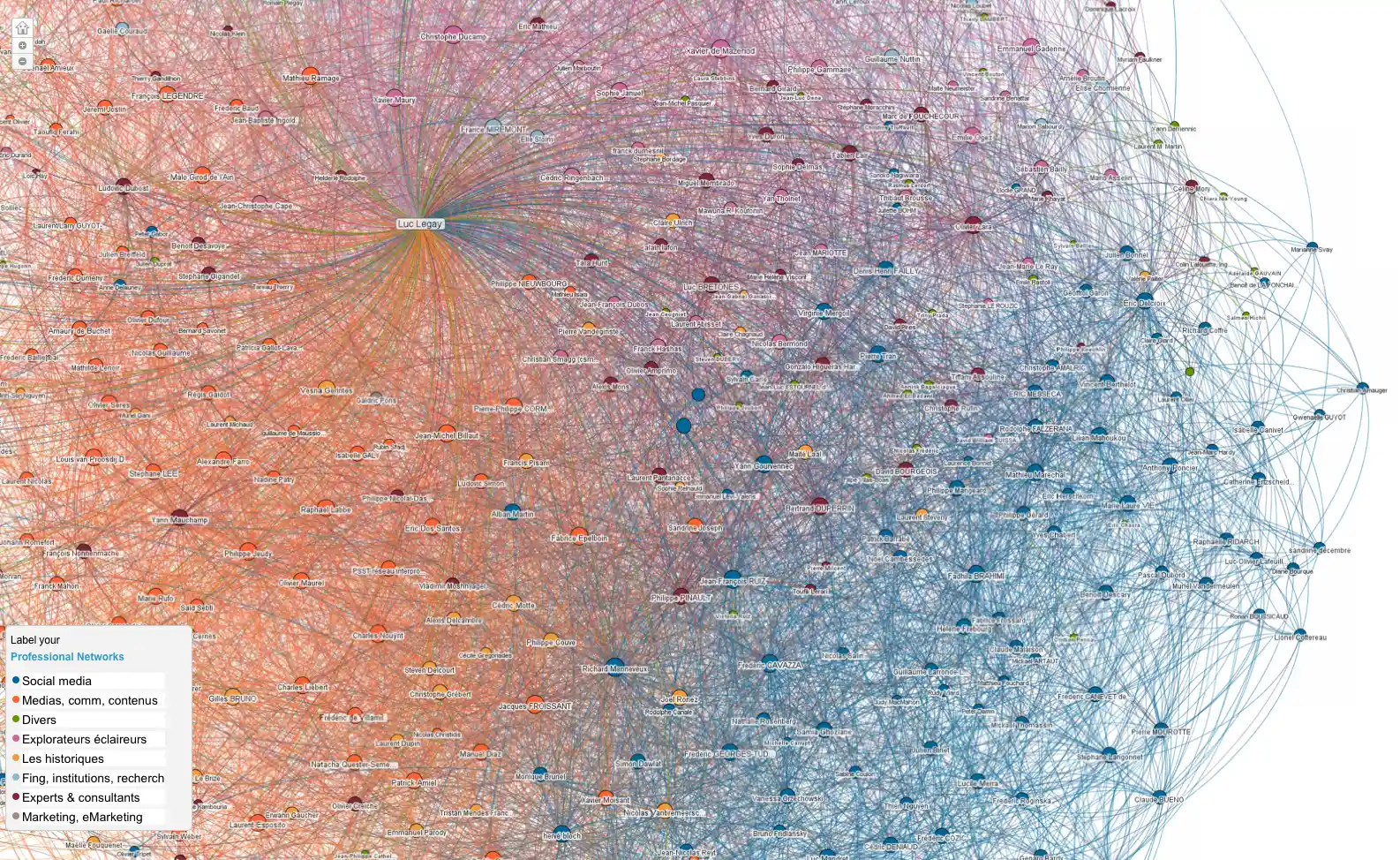Why are business analytics and decision making essential in businesses of all sizes and types today?
Why are business analytics and decision making essential in businesses of all sizes and types today?

The challenges that business leaders face today can not only be daunting, but could possibly evoke empathy from U.S. Army General, Creighton Williams Abrams Jr., who was quoted as saying “when eating an elephant, take one bite at a time,” when speaking in 1974 to Congress about the complexities of military leadership during the Vietnam War (Popik, 2015). The strategic challenges of how to differentiate in the market, earn above average returns, shrink costs, increase velocity of operations, etc. have been around for ages. Data has been generated from business operations whether written on a simple ship's ledger in the 1700s or part of a highly automated enterprise resource planning system in a modern firm. But, as businesses today move to become more and more enabled and empowered through the use of digital technologies, there’s an avalanche of data that comes with these additions.

Modern firms are forming strategic microcosms that can be thought of as shrinking things down into those bite sized chunks. These microcosms can be a helpful tool in management’s toolbox to tackle their larger strategic challenges. Small, loosely coupled R&D projects, built for rapid, small investment, low risk testing, and learning, that vets what works, from what doesn’t, giving data informed direction to where resources should be invested for the best outcomes. By design, these sort of R&D and/or Innovation programs can and should be iterative, based on scientific method and have become par for the course in today’s modern corporation under the umbrella of an agile business, proving wildly successful from small high tech startups to large, multi-national corporations (MNCs) alike.

Along the way, each one of these microcosms creates a data trail. This data, combined and enriched in the correct way through analytics creates information that can be used by firms to construe insights and ultimately generate knowledge. Knowledge can be a very powerful objective tool (within reason). In its best form it can be used to compare against defined key performance indicators (KPIs) and success metrics helping to inform historical business performance, while informing future investments and actions (Buluswar, et. al., 2016). Without the use of analytics, in particular, high quality, low latency analytics, today’s businesses can’t stay competitive, earn the expected above average returns and ultimately won’t differentiate in the market and will cease to operate (Garbuio, Lovallo, & Viguerie, 2009).
For example to see the power of analytics, in 2012 a team from the MIT Center for Digital Business, in partnership with consulting firm McKinsey & Company performed a research survey of 330 North American firms. The intent of this survey was to validate a hypothesis that firms leveraging big data analytics to inform their decision processes where more likely to outperform their peers. They found that, "companies in the top third of their industry in the use of data-driven decision making were, on average, 5% more productive and 6% more profitable than their competitors” (Brynjolfsson, 2014). Resulting in these firms outperforming their peers and earning above average returns.
After all isn't above average returns the goal of every business to who's looking to deliver shareholder/stakeholder value?
References
Brynjolfsson, A. M. (2014, October 08). Big Data: The Management Revolution. Retrieved May 3, 2018, from https://webcache.googleusercontent.com/search?q=cache:tiTnEZCzK9UJ:https://hbr.org/2012/10/big-data-the-management-revolution &cd=6&hl=en&ct=clnk&gl=us
Buluswar, M., Campisi, V., Gupta, A., Karu, Z., Nilson, V., & Sigala, R. (2016, April). How companies are using big data and analytics. Retrieved May 3, 2018, from https://www.mckinsey.com/business-functions/mckinsey-analytics/our-insights/how-companies-are-using-big-data-and-analytics
Garbuio, M., Lovallo, D., & Viguerie, P. (2009, January). How companies make good decisions:
McKinsey Global Survey Results. Retrieved May 3, 2018, from https://www.mckinsey.com/business-functions/strategy-and-corporate-finance/our-insights/how-companies-make-good-decisions-mckinsey-global-survey-results
Popik, B. (2015, November 21). Double-Tongued Word Wrester Dictionary. Retrieved October 06, 2017, from http://www.barrypopik.com/index.php/new_york_city/entry/how_do_you_eat_an_elephant
© 2022 Mesh Digital LLC, ALL RIGHTS RESERVED
